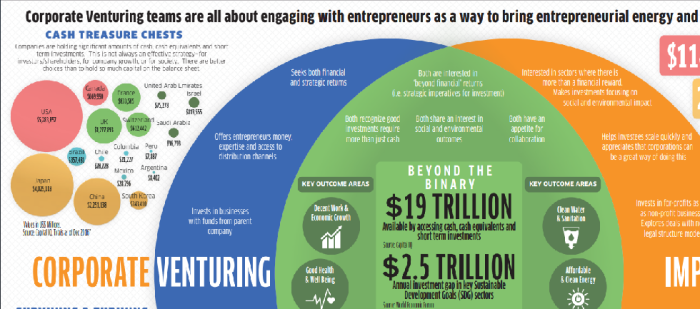Feb 12
20220
Canada Canadian Indian Act Doug Ford Freedom Convoy Land Back Mohawk Nation Ontario Trudeau Unceded Territories Wet?suwet?en
LISTEN: Kanenhariyo (Mohawk War Chief) Discusses Ontario’s “State of Emergency” in response to Truckers Rebellion
February 12, 2022
“They’re liars. They’re lying. But they’re afraid. They’re weak right now. They’re weak, and they’re pretending that they’re strong. Stand up.”
Kanyenkehaka is a Mohawk War Chief from the Tehanakarineh family of the Bear Clan. His home is in Tyendinaga Mohawk Territory, but he currently resides at the Six Nations of the Grand River Territory (near Hamilton, Ontario). He is an Onkwehon:we (Indigenous) man and belongs to the Kayenkehaka Nation, not the Canadian or English nation. His people have kept their ways and traditions, and despite generations of mistreatment at the hands of the Canadian government, they remain a separate, allied Nation with their own rights and responsibilities to creation.
“For all of you who don’t have a clue what I’m talking about, maybe you’re new to this country. They didn’t teach you that Indigenous people own these lands. They’ll tell you that it’s theirs. It’s Canada’s wonderful free place. It was only free because they stole things. I’m talking to all the brown people in the cities that didn’t want to go and support the truckers because they thought they were racist. Well, the Liberal Government’s racist and so is the Conservative Government. The entire government of Canada is racist. And the RCMP are racist. Let’s face the facts the RCMP are just as much a culprit in the in the theft of the indigenous children that got sent to residential schools, because they were the collectors.”
Addressing Trudeau: “Maybe you didn’t, but I suspect you did, [have] the audacity to encourage the smear campaigns of swastika flags and white supremacy – but Canada’s built on white supremacy. Literally, built on white racism. The Canadian flag, that red and white maple flag has, as nasty of blood and history on it, as a swastika.”
“… well, it’s pretty simple. They said drop the mandates, and you need to quit. You can do that tomorrow… they want you to resign. They don’t have any confidence in you. You can’t even go anywhere in public without them throwing rocks at you and booing. Your people don’t love you. You can resign.”
“but that’s still our territory… Doug Ford, you don’t have any right to claim it, and you don’t have any right to make decisions, or to say ‘well, you can have your rights but we’re going to supersede them.'” ” The fuck you will.”









































































